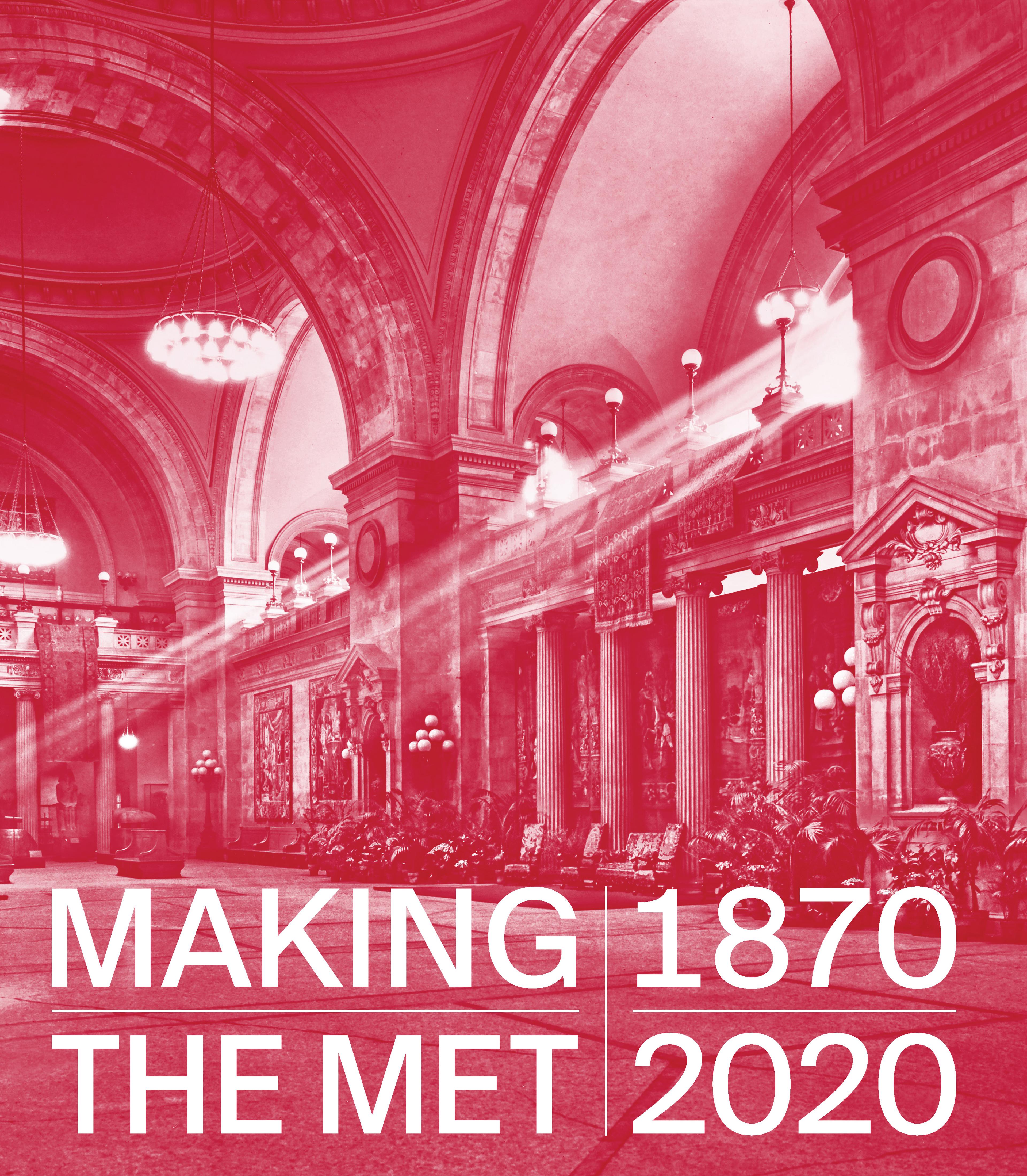Pillow in the shape of an infant boy
Jadeite was introduced into China from Myanmar, probably in the seventeenth century, and became a favored material at the eighteenth-century Qing court for its intense green color, high translucency, and vitreous luster. This remarkable sculpture of a crouching boy is modeled after the ceramic pillows of the same shape that were produced at the famed kilns of the Song period (960–1279). It not only illustrates the elegant taste of the Qing court but also denotes the increased access to the prized material. The boy, a common motif in Chinese art, expresses the wish for multiple children to carry on the family line.
Artwork Details
- 清 翡翠孩兒枕
- Title: Pillow in the shape of an infant boy
- Period: Qing dynasty (1644–1911)
- Date: 19th century
- Culture: China
- Medium: Jade (jadeite)
- Dimensions: H. 4 3/4 in. (12.1 cm); W. 4 in. (10.2 cm); L. 8 3/4 in. (22.2 cm)
- Classification: Jade
- Credit Line: Gift of Heber R. Bishop, 1902
- Object Number: 02.18.426
- Curatorial Department: Asian Art
Audio
953. Kids: Pillow in the Form of an Infant Boy
0:00
0:00
We're sorry, the transcript for this audio track is not available at this time. Please email info@metmuseum.org to request a transcript for this track.
More Artwork
Research Resources
The Met provides unparalleled resources for research and welcomes an international community of students and scholars. The Met's Open Access API is where creators and researchers can connect to the The Met collection. Open Access data and public domain images are available for unrestricted commercial and noncommercial use without permission or fee.
To request images under copyright and other restrictions, please use this Image Request form.
Feedback
We continue to research and examine historical and cultural context for objects in The Met collection. If you have comments or questions about this object record, please complete and submit this form. The Museum looks forward to receiving your comments.
